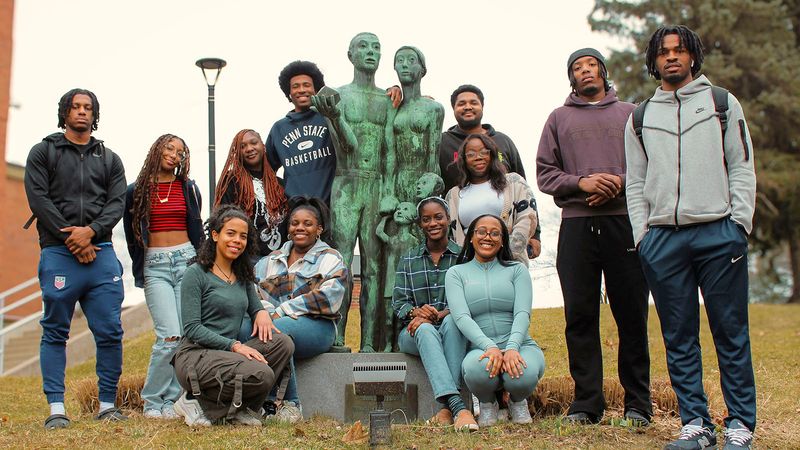For over four decades, statue has served as a symbol of diversity and inclusion
For over four decades, Penn State Scranton has been home to a unique and curiosity-piquing statue that not only captivates the eye, but also embodies the spirit of unity and diversity. It is not only a unique work of art, is also a testament to a longstanding tradition of diversity at the campus.
By: Morgan Sewack


